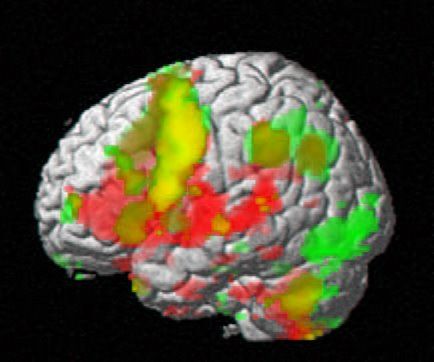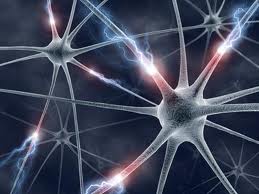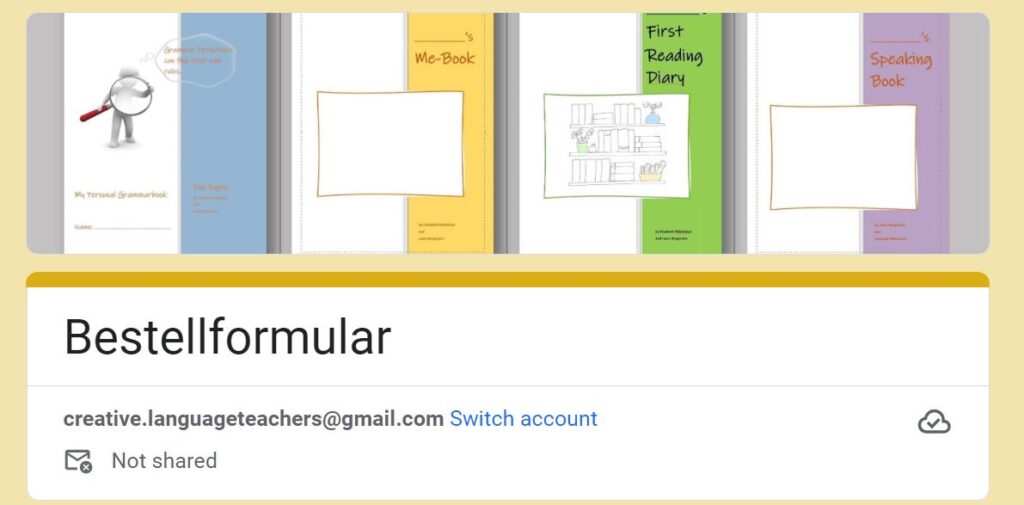Learning vocabulary with the whole brain
Active Vocabulary versus Passive Vocabulary
Making inferences and reducing anxiety
We all understand a lot more words than we will ever use. Students should be aware of this fact. They need not know every single word in a text. Language is very redundant — we can guess the meaning of unknown words by making inferences. Practice making inferences by asking students to guess the meaning of unknown words with the help of context clues, using their knowledge of word roots, pre- and suffixes, other languages or pictures that accompany the text.
Fast-reading helps lower students’ anxiety of new and unknown words. There is no time to worry about them. Hand out a page of text (including pictures and other features of the original layout). Give the students 30 seconds to read the WHOLE page — tell them they will have to answer questions about all the parts of the text. After 30 seconds collect the students’ ideas in the plenary. Then give them another 30 seconds and collect more ideas. Usually the class will be able to sum up all the main facts. Discuss how they did it. They will probably notice that they did not have any time to worry about unknown words but just picked out what they knew and understood immediately and tried to make sense of this. That is exactly the kind of top-down reading strategy that learners need to develop. Cloze texts and C-tests also show the students that you need only part of the text to reconstruct the meaning. It also helps to replace common words with nonsense words and ask the students to guess the meanings from the context. This is a non-threatening way to practice top-down reading skills and expand passive vocabulary.
From understanding to using vocabulary
In recent years exciting discoveries have been made in neuroscience as well as cognitive psychology. These findings help explain how the brain works and how we can learn new things more efficiently.
In a nutshell they all agree that we need rich,meaningful, multi-sensory input that can be linked to previously existing knowledge in our brains. The following picture shows a brain that is exposed to such input. It sees, hears, moves and feels all at the same time. Neural networks created under such conditions will be long-lasting and efficient.

Networks of Meaning
The ISM Model
According to Ahsen’s ISM model (Ahsen, 1984) our memory stores “multisensory images” consisting of Images, Somatic responses and Meanings (ISM). These three elements are constantly interacting and interlocking. In general it can be said, that what has been experienced personally is most memorable and will have the most visual and somatic elements attached, followed by richly imagined input, and lastly by input that has only been understood form words. (Stevick, 1996, S. 49)
Images
- visual stimuli, things we have actually experienced
- mental images, things we have actively imagined
- imagery derived from descriptions in words
Somatic response
- our body’s reaction to the sensory images (skeletal, muscular, endocrine changes…)
- may be very strong or fleeting and negligible, depending on the input
Meaning
- includes the full spectrum including lexical meaning, expectations, involvements, purposes
- example: What does the word “bakery” include for you? What do you see… hear… smell… taste…feel…?
Neural Activity: Let’s look inside the brain.
Watch the following animation of neural activity in the brain. See how impulses go back and forth in all directions. Keep these images in mind when presenting new vocabulary or ideas to your students. How can you trigger this kind of activity in your learners’ brains?
VMIs: Voice Movement Icons
The research of Manuela Macedonia shows that meaningful multisensory input leads to better learning of new items. When we
- hear a new expression,
- understand its meaning,
- see the item or scene or create mental images for it
- use our own muscles to pronounce the new expression ourselves
- use movements or gestures that are in some way related to the message
we have created extended neural networks in our brain that will help us recall and use the new expression efficiently.
For more information follow these links:
Macedonia: Mit Händen und Füßen
Macedonia: Learning a Second Language Naturally
Macedonia: Voice Movement Icons
How to create multisensory images in the learners’ brains
Dos and Don’ts
|
|
|
|
|
|
|
|
|
|
|
|
|
|
Practical examples for the classroom
go to: Learning vocabulary with the whole brain


